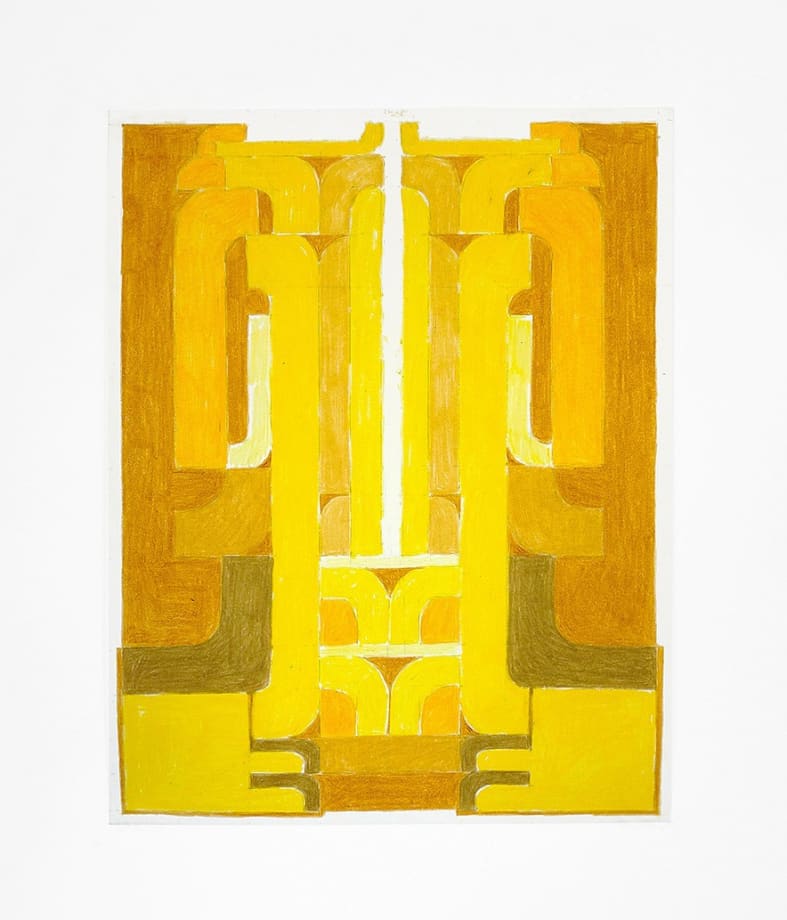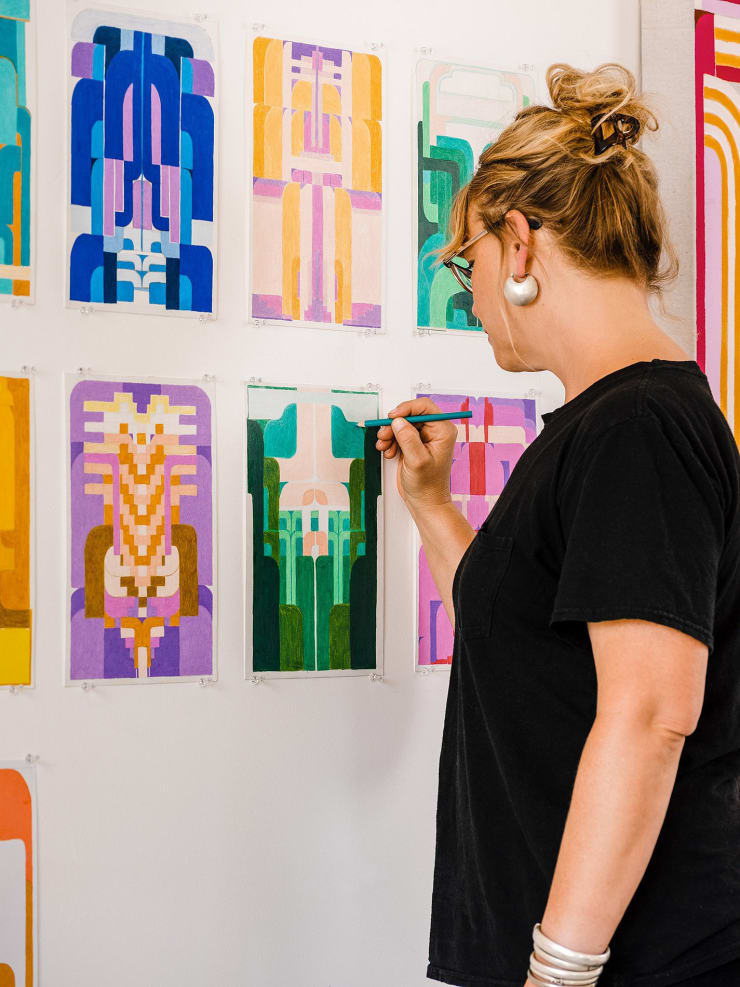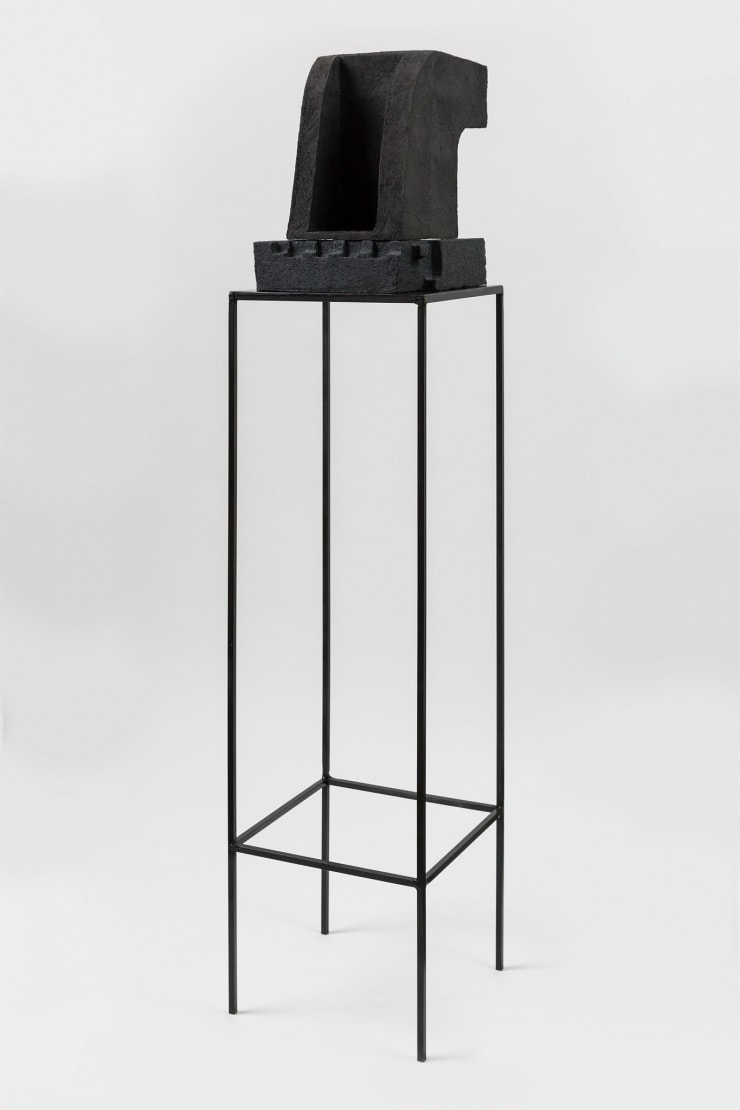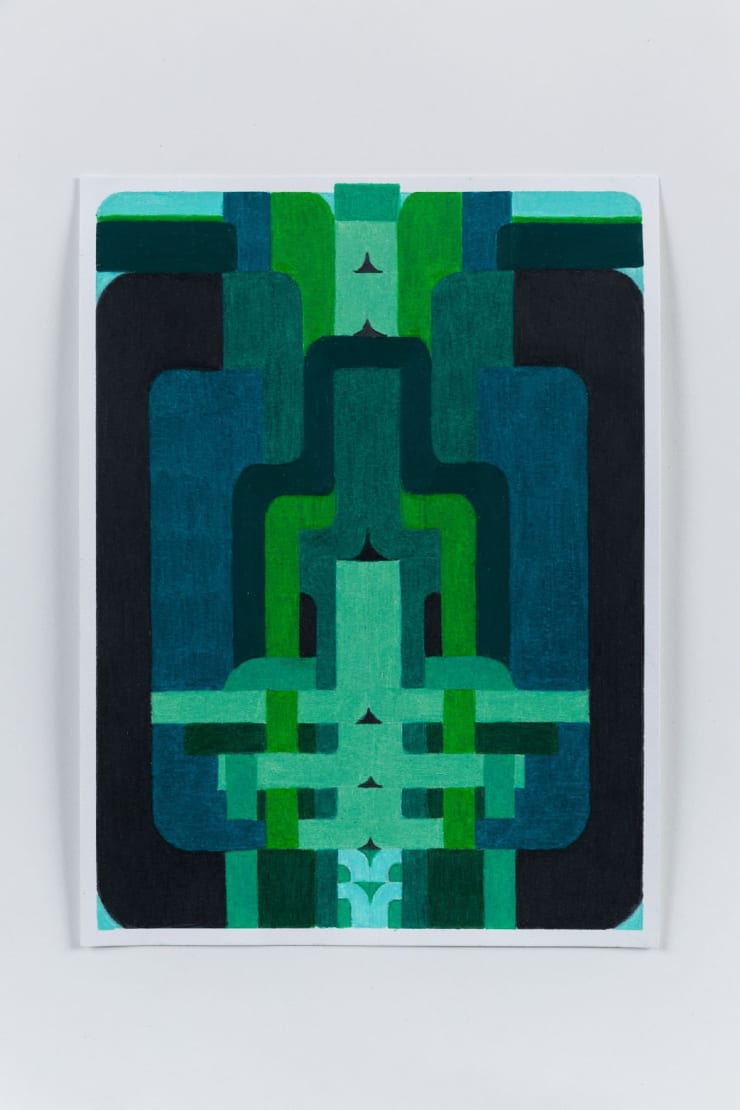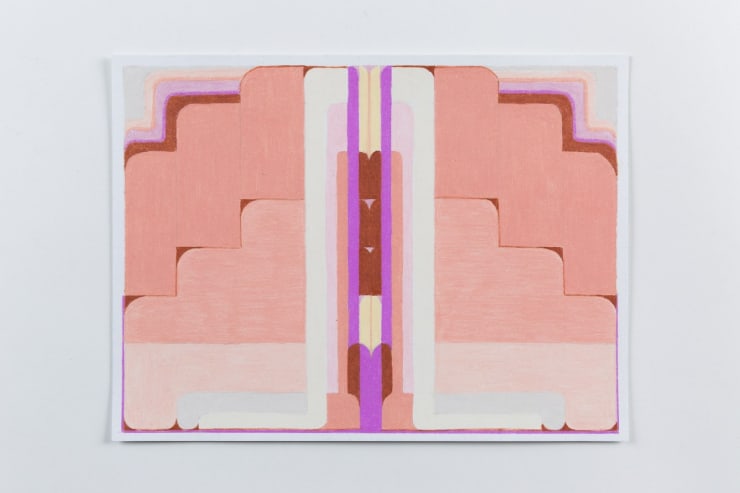Aili Schmeltz: Survival Strategies
Announcing the newest drawings and ceramic sculptures of Aili Schmeltz in an online exhibition entitled, Survival Strategies. On view at Artsy.com, the exhibition is presented in an online viewing room with text, photography, and musing that offer a context for the development of two entirely new systems in the artist’s oeuvre.
Sheltered in place in her studio and home outside Joshua Tree, California; Schmeltz discovered a deeper appreciation of the rugged landscape, rich botanical wonders, and its cycles of life and survival.
Announcing the newest drawings and ceramic sculptures of Aili Schmeltz in an online exhibition entitled, Survival Strategies. On view at Artsy.com, the exhibition is presented in an online viewing room with text, photography, and musing that offer a context for the development of two entirely new systems in the artist’s oeuvre.
Sheltered in place in her studio and home outside Joshua Tree, California; Schmeltz discovered a deeper appreciation of the rugged landscape, rich botanical wonders, and its cycles of life and survival.
To navigate the riots of impossibly beautiful spring blooms surrounding her homestead; Schmeltz took up an iconic 1971 publication, Mockel’s Desert Wildflower Notebook. Illustrated and written by artist Henry Mockell and his wife Beverly, the book is full of folksy texts and delicate drawings of the region’s unique flora created from firsthand observations and study over many years. Watching the world from afar; Schmeltz found inspiration in Mockel’s advice, “Pick just one primrose. Forget the acres of color and find yourself a solitary bloom. Visit it daily. Observe as the colors cycle from morning to night.”
Seeking a means to square the chaos of the distant world, Schmeltz committed herself to making daily meditational drawings that grow the series Desert Flowers. Small yet complex, with structures of symmetry, order and color; the composition evoke elements of the botanical forms she discovered around her while formally mirroring her larger art making practice. Recognizing that desert plants are expert survival strategists, enduring adverse conditions and innumerable predators; the artist brings out the monumental power of such simple and overlooked forms and patterns. On another level, Schmeltz channels the transcendental power of the desert, and its spiritual forms as crystalized in influences such as painters and architects Agnes Pelton, Agnes Martin, and Paolo Soleri.
In her clay studio Schmeltz began to sculpt and fire the very earth itself. Surrounded by weathered buttes and mesas of igneous rock and the leftover materials of endless boxes and packing Styrofoam; Schmeltz constructs single use molds to hand pack with dense rough clay, resulting in module volumes created from the negative space that are stacked and assembled. Fired in situ the modestly scaled form echoes the volume and monumentality of the vast landscape and its rocky features.
Like the Desert Flower drawings, they represent the artist’s own survival strategy during unprecedented times. As maquettes they underscore the artist’s program to build large architecturally scaled sculpture in the landscape. Their deep dark color conjuring both the earth’s geologic time and the Brutalist, Utopic and Modernist traditions. Entitled Cairns, they are at once architectonic and seem like relics of a future utopia. For Schmeltz they are, “visual poetry, now more than ever during this pandemic/wildfire/politically dark time, a source of beauty that I find solace and comfort in.
